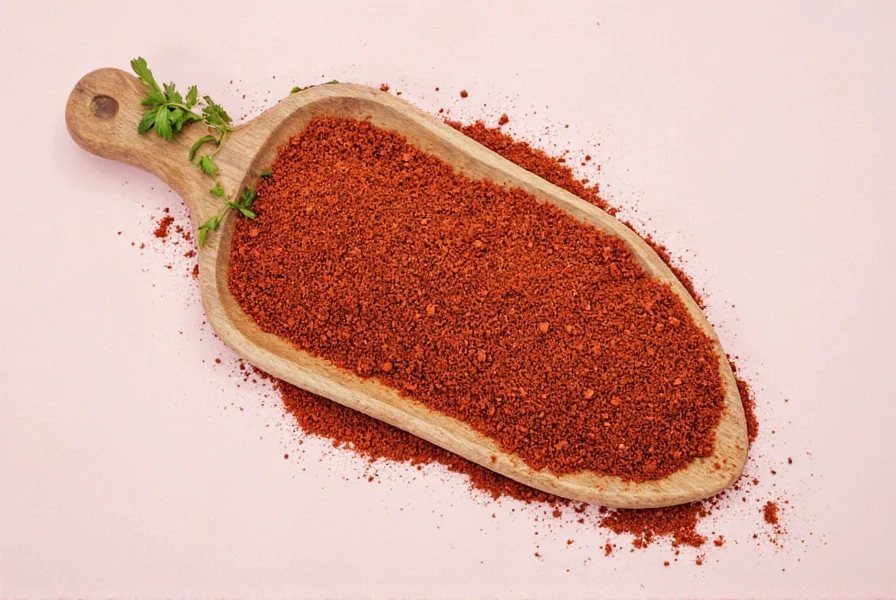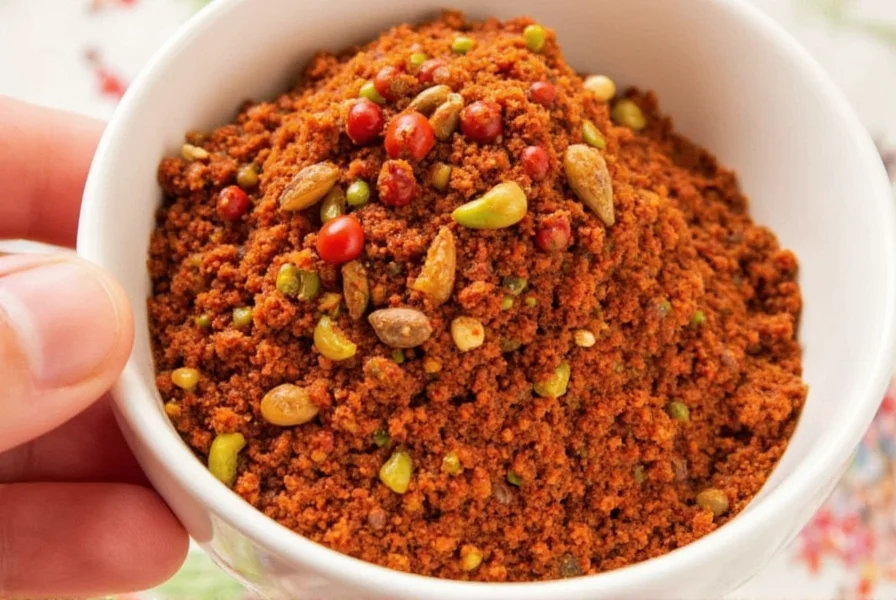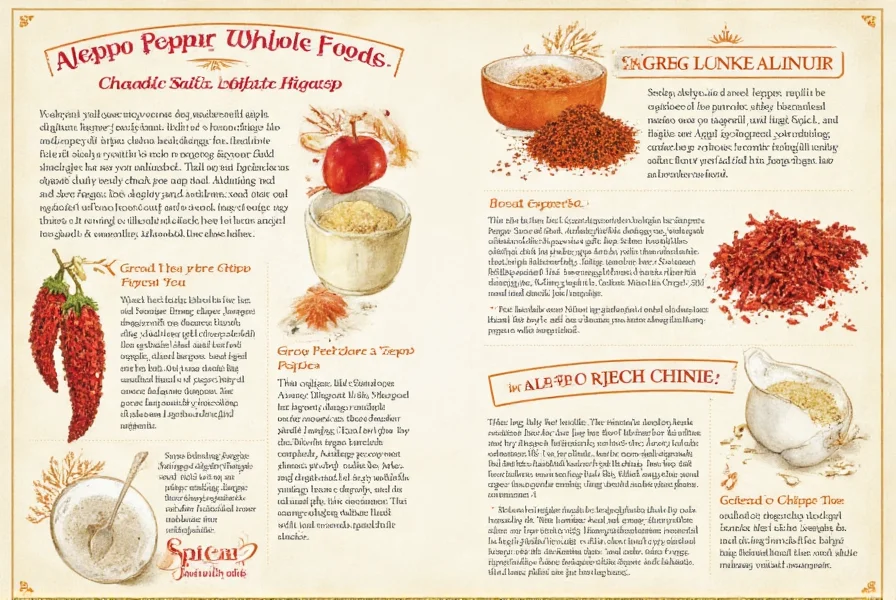Welcome, spice lovers and curious foodies! If you're looking to add a little heat, a lot of flavor, and a touch of Mediterranean magic to your meals, then you've come to the right place. Today, we're diving into the world of whole Aleppo pepper, a versatile and flavorful spice native to Syria that's making waves in kitchens worldwide.
Table of Contents
- What Is Whole Aleppo Pepper?
- Why Whole Aleppo Pepper is a Must-Have
- How to Use Whole Aleppo Pepper
- Buying Guide: Find the Best Whole Aleppo Pepper
- Cooking Tips for Spice Enthusiasts
- Frequently Asked Questions
- Conclusion
What Is Whole Aleppo Pepper?
Whole Aleppo pepper refers to the intact, unground form of Aleppo pepper, a chili pepper native to the Aleppo region of Syria. Unlike pre-ground versions, whole peppers preserve volatile oils and aromas for superior flavor retention. This spice offers mild heat (30-50% milder than cayenne), rich smoky flavor, and vibrant red color, making it a versatile addition to both sweet and savory dishes.
The History Behind the Heat
With a history dating back thousands of years, Aleppo pepper has been a staple in Middle Eastern cuisine. The peppers are sun-dried and often mixed with other spices, creating a unique taste profile that balances heat with subtle sweetness and fruity undertones.
Why Whole Aleppo Pepper is a Must-Have
If you're someone who loves experimenting with flavors, you'll find that whole Aleppo pepper is a game-changer. Its versatility makes it perfect for everything from marinades to salads, and even desserts. Here are a few reasons why it should be on your spice rack:
- Mild Heat: Perfect for those who want some kick without the burn.
- Smoky Flavor: Adds depth that elevates any dish.
- Versatile: Works in both sweet and savory recipes.
- Health Benefits: Rich in antioxidants and vitamins.

How to Use Whole Aleppo Pepper
Using whole Aleppo pepper is simple and rewarding. Whether you're grinding it yourself or using pre-ground versions, there are countless ways to incorporate this spice into your cooking:
- Marinades: Mix with olive oil, garlic, and lemon juice for a delicious chicken or fish rub.
- Salads: Sprinkle over roasted vegetables or grain bowls for a zesty twist.
- Dips & Sauces: Add a pinch to hummus, tzatziki, or aioli for extra flavor.
- Soups & Stews: Stir into lentil soups or tomato-based dishes for warmth and depth.
- Desserts: Try it in chocolate sauces or spiced cakes for an unexpected kick!

Buying Guide: Find the Best Whole Aleppo Pepper
When it comes to buying whole Aleppo pepper, quality matters. Not all peppers are created equal, so here's a quick guide to help you choose the best ones:
| Product | Features | Best For | Occasion |
|---|---|---|---|
| Whole Aleppo Pepper - Premium Grade | Handpicked, sun-dried, no additives | Chefs and home cooks who value authenticity | Gourmet meals, special occasions |
| Whole Aleppo Pepper - Organic | Organic, finely ground, easy to use | Those who prefer convenience without sacrificing quality | Daily cooking, quick recipes |
| Whole Aleppo Pepper Blend - Spicy & Smoky | Mix of Aleppo pepper and other spices for added depth | Cooking enthusiasts who love bold flavors | Barbecue, grilled dishes, international cuisine |

Where to Find Whole Aleppo Pepper
Whole Aleppo pepper can be found at specialty spice stores, online retailers like Amazon or Etsy, and some local markets. Look for brands like Frontier Co-op or Simply Organic near specialty spices or in the bulk section.
Cooking Tips for Spice Enthusiasts
If you're new to using whole Aleppo pepper, here are some tips to get you started:
- Start Small: Even a small amount can make a big difference. You can always add more later.
- Grind Fresh: For maximum flavor, grind the whole peppers just before using.
- Pair Smartly: Whole Aleppo pepper pairs well with citrus, garlic, olive oil, and herbs like oregano or thyme.
- Experiment Freely: Don't be afraid to mix it with other spices or use it in unexpected places.
Frequently Asked Questions
What does "whole Aleppo pepper" refer to?
Whole Aleppo pepper refers to the intact, unground form of Aleppo pepper. These dried pods are used for grinding fresh or infusing oils, offering superior flavor retention compared to pre-ground versions.
Where can I find whole Aleppo pepper?
Whole Aleppo pepper can be found at specialty spice stores, online retailers like Amazon or Etsy, and some local markets. Look for brands like Frontier Co-op or Simply Organic near specialty spices or in the bulk section.
How long do whole Aleppo peppers last?
Stored in an airtight container away from light and heat, whole Aleppo peppers maintain peak flavor for 1-2 years. For extended freshness, freeze them—this preserves their vibrant color and complex smoky-sweet profile far longer than ground alternatives.
Can I substitute Aleppo pepper if I can't find it?
Yes! Blend 3 parts sweet paprika with 1 part cayenne pepper for a close approximation. For depth, add a pinch of smoked paprika. Note: This won't replicate Aleppo's unique fruity tang, but works in a pinch for marinades or roasted vegetables.
Why choose whole over pre-ground Aleppo pepper?
Whole peppers lock in volatile oils and aromas that degrade quickly when ground. Grinding fresh maximizes the citrusy undertones and mild heat (30-50% milder than cayenne), giving your dishes restaurant-quality complexity you can't achieve with pre-ground versions.
Conclusion
Whole Aleppo pepper is more than just a spice—it's a flavor adventure. With their mild heat, smoky depth, and versatility, they can transform your everyday meals into something extraordinary. Whether you're a seasoned chef or a curious foodie, this spice is worth exploring.
So go ahead, grab a bag of whole Aleppo pepper, and let your taste buds travel the world one bite at a time. And remember, the key to great cooking is not just ingredients—it's also a little bit of courage and a lot of passion.












 浙公网安备
33010002000092号
浙公网安备
33010002000092号 浙B2-20120091-4
浙B2-20120091-4